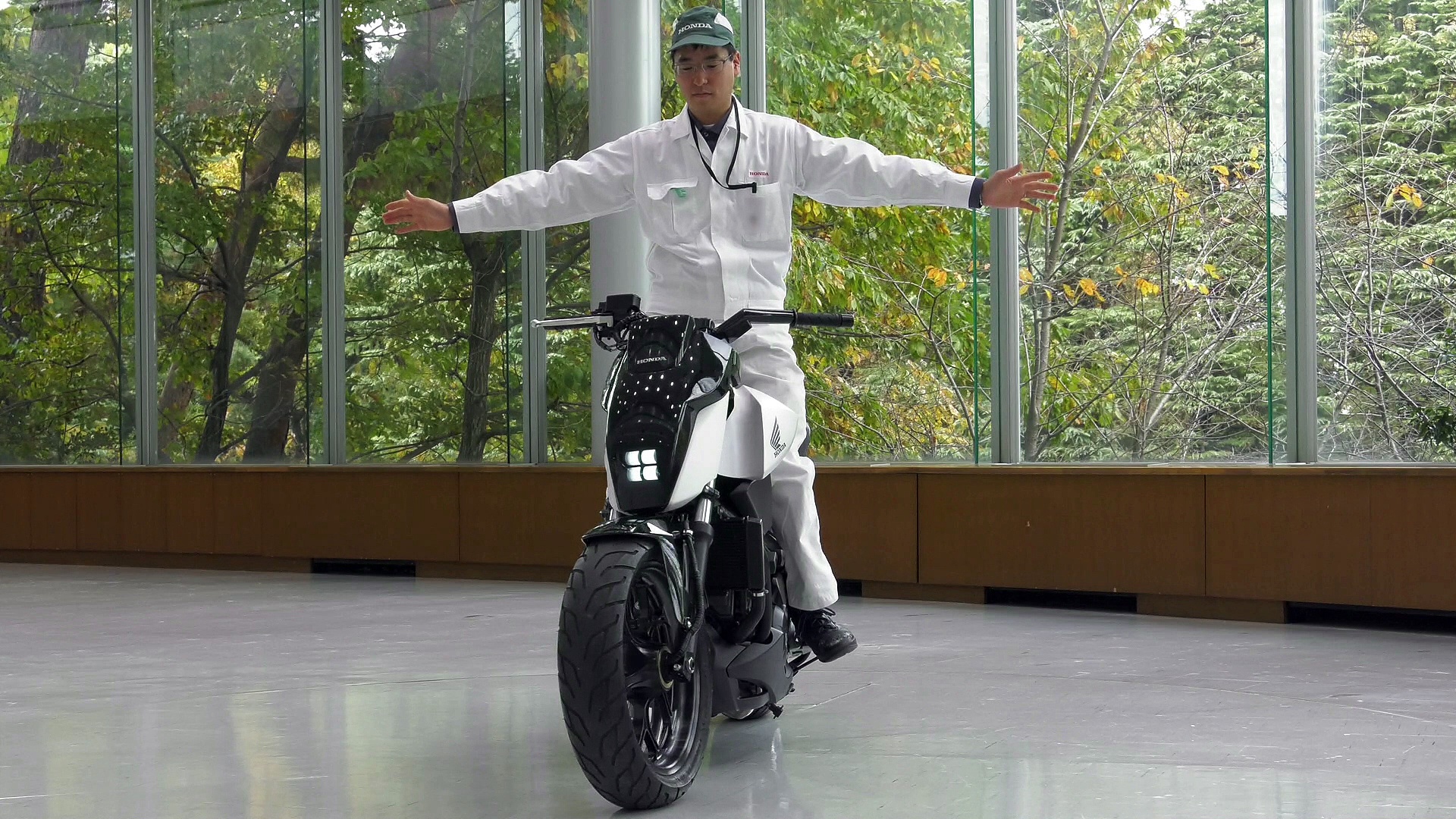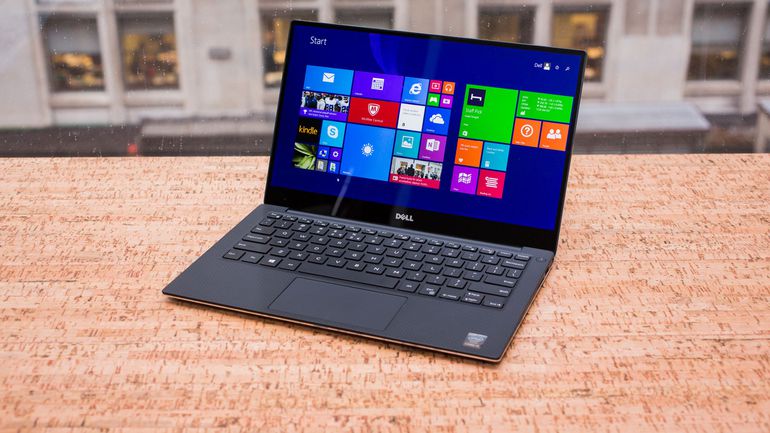Honda unveils ‘Riding Assist’ technology at Consumer Electronics Show
Honda has unveiled what it calls the ‘Riding Assist’ technology at the ongoing Consumer Electronics Show (CES) in Las Vegas that enables the motorcycle to stay upright entirely on its own, both while standing still and at low speed. Honda Riding Assist basically uses technology that allows the motorcycle to balance itself in slow speeds without the use of gyroscopes. This is achieved essentially by raking out the motorcycle’s front forks and then moving the front wheel back and forth. Similar to what cyclists do to balance themselves at extremely slow speeds. Whether it had a rider or not, it won’t fall over. It can be seen as a way to help riders keep their bikes upright at stoplights and in tight parking situations.

Most self-balancing technology uses gyroscopes, but that adds a lot of weight, which could limit a motorcycle’s ability to manoeuvre. Instead, the Honda Riding Assist motorcycle leverages the company’s Robotics technology. The bike can also lengthen its wheelbase by automatically adjusting the front fork rake, giving it even more stability. The system then uses minute steering inputs to keep the bike perfectly balanced. This can be done without the use of heavy gyroscopes or other mass-shifting devices. In fact the concept bike Honda showcased at CES can even silently propel itself along following its owner, hinting that there is space for autonomous technology as well.
This is not the first time such self-balancing technology has been revealed in concept form in motorcycles. In October 2016, BMW Motorrad unveiled its self-balancing Vision Next 100 Concept bike. In terms of styling, unlike BMW Motorrad’s futuristic concept, Honda’s self-balancing Riding Assist motorcycle is more in line with the current design trend. In fact, the bike showcased at CES looks very much like a production bike but Honda hasn’t announced any plans to put Riding Assist into its current models.
To an experienced rider, it may seem unnecessary to have something like this on a bike. But inexperienced riders crash so often, it’s easy to see the value of a technology like this. And who knows? It can also aid many riders in manoeuvring heavy bikes like the Honda Goldwing at lower speeds.








